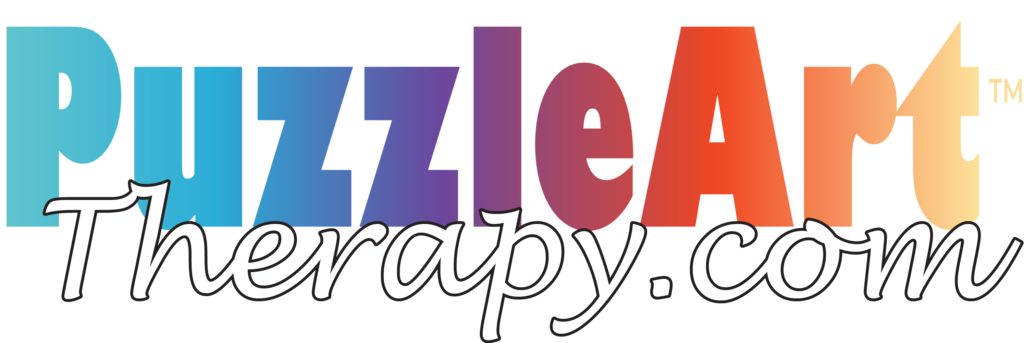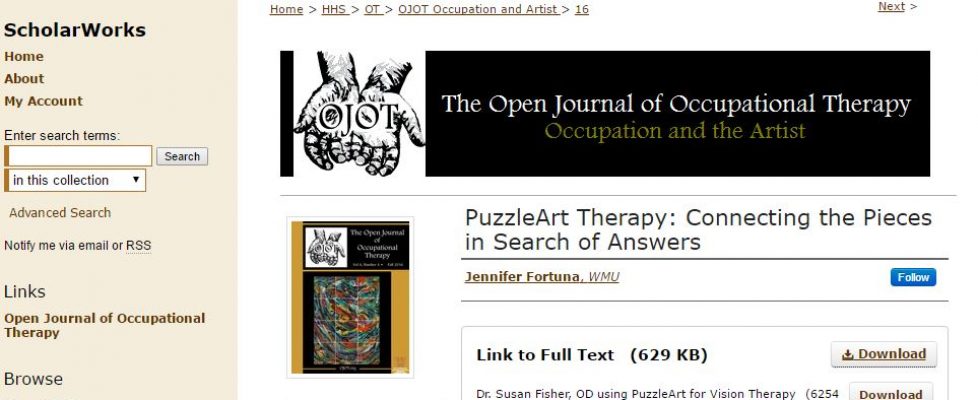Every day we are all surrounded by complex problems that require decision making. Whether you are a student, a teacher, a medical professional, a parent, a businessperson – problems do not discriminate – they have a way of finding us all! And because we all face problems, we must all then solve those problems. As Karl Popper, one of the most influential philosophers of science once stated, “All life is problem solving.” Whether you are trying to resolve the national debt or manage your own finances, eradicate poverty or modify your diet and exercise routine, your problem-solving skills are put to the test on a daily basis. With all of this constant decision making happening all around us, one might think we would all be experts at problem solving, from the big issues to the mundane. But just because we do something a lot – make decisions, solve problems – doesn’t mean we’re any good at it or that we’re getting any better. Doing something over and over, the same way you’ve always done it, is likely to garner the same results. “If you do what you’ve always done, you’ll get what you’ve always gotten.” – Tony Robbins The problem here is that precedent and experience often guide us, and so we continue to see problems from a familiar angle. Sometimes, we need to turn the problem on its side, stand up and look at it from above, walk away from it and come back with fresh eyes. The global issues facing society today require skilled problem solvers: people who see the problems not as something to cover up with a bandaid, but as opportunities – opportunities for change, for growth, for communication, for health, for profit, for all sorts of things! But ultimately, as opportunities – not simply as something to be dealt with, burdened by, or weighed down under. In order to look at issues with that unique perspective, we need to develop divergent thinking that helps us evaluate all the angles of an issue from a variety of perspectives and create a myriad of possible solutions. This is in contrast to the very concrete, linear way many of us have been taught to problem solve. We often look at a problem, logically examine it, and seek to identify the right answer – the one solution that is correct. We are taught this in school over and over. Remember when the teacher would ask a question and you would raise your hand and wave it frantically, confident that you had the correct answer? Or recall all of the standardized tests you’ve ever taken, perhaps starting with the Iowa Test of Basic Skills as a child, the SATs as a high school student, or professional exams such as the Praxis as an adult – all of those tests require an evaluation of a problem and the identification of one correct answer. We have become quite skilled at this model of convergent thinking, but this process teaches us to come to the same conclusions that someone else has already reached. Instead of searching for an answer someone else has already identified, we must become more creative in our problem solving. We must reach beyond what has already been done, and find new ways to solve problems. Divergent thinking is typically much more free-flowing and spontaneous, with a goal of generating as many solutions as possible, and making connections between ideas that might not have been made before. It is to approach the problem without the idea of looking for a single, absolute solution, but instead looking at the problem as many opportunities to be explored. “With the right perspective, any problem becomes either solvable or acceptable.” – Steve Pavlina This sort of problem solving skill must be cultivated as it doesn’t come naturally for most people. PuzzleArt Therapy provides a format to learn this incredibly important skill. It provides a process to evaluate problems from different angles, teaching participants to notice patterns and connections that might not have been immediately obvious, and the process is open-ended. There are no right or wrong answers, but instead, many solutions, and many paths to reach those solutions. Think about the great innovators of our time, people like Nelson Mandela, Steve Jobs, Warren Buffet – leaders in social movements, technology, business – they all worked to solve complex issues in new and innovative ways. They were not searching for one correct answer – but for many solutions, many opportunities. “Problems are only opportunities in work clothes.” – Henri Kaiser Divergent thinking and out-of-the-box problem solving is crucial to the leaders of today and the future leaders of tomorrow, and we must recognize that this isn’t just an innate ability. It’s a whole mindset that can be taught, learned, and honed to shape the world around us. We can become better problem solvers, learn processes that help us develop our divergent thinking skills, and work to solve our own problems as well as those in our schools, our communities, and maybe even our world. Sign up to try PuzzleArt Therapy for yourself and begin to see the world and its problems in a new way. Alli Berman is a Brain Fitness expert and the Eye Brain Fitness Guru. She has been an artist, author, educator, creativity consultant, workshop leader, perceptual and sensory products and programs developer, and motivational speaker for the past 30+ years. Berman has served as an educational advisor to the American Academy for Anti-Aging Medicine for over 30 years, and she is the founder of The Art of Rehabilitation and Anti-Aging Art. She created the PuzzleArt Therapy System in collaboration with behavioral optometrist, Susan Fisher, OD, and through consultation with neuroscientists around the world. Berman uses the system herself on a daily basis to keep her own brain as healthy, engaged, and challenged as possible!

